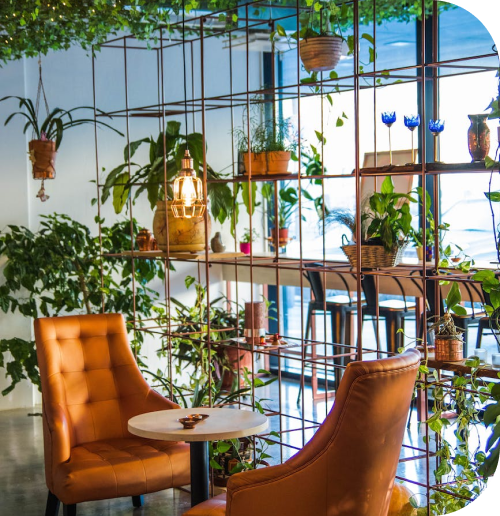
Designing a Landscape Oasis for Indiana Summers
Incorporating sustainable and eco-friendly practices into the landscape design
In today’s world, it has become imperative for landscape designers to embrace sustainable and eco-friendly practices. By doing so, these professionals play a key role in minimizing negative environmental impacts and fostering a greater sense of harmony between nature and the built environment. One way to achieve this is by utilizing native plants in landscape designs.
Native plants are perfectly adapted to the local climate and soil conditions, which means they require less water, fertilizers, and pesticides to thrive. This not only reduces the need for excessive irrigation and chemical treatments but also conserves precious resources and protects water quality. Additionally, native plants provide habitat for local wildlife and contribute to the overall biodiversity of the area. Incorporating them into landscape designs not only benefits the environment but also creates a visually appealing and sustainable space for people to enjoy.
What does it mean to incorporate sustainable practices into landscape design?
Incorporating sustainable practices means designing and implementing landscaping techniques that have minimal negative impact on the environment and promote conservation of natural resources.
Why is it important to incorporate eco-friendly practices into landscape design?
By incorporating eco-friendly practices, we can help reduce pollution, conserve water, support biodiversity, and create a healthier and more sustainable environment for ourselves and future generations.
How can I make my landscape design more sustainable?
You can make your landscape design more sustainable by using native plants, practicing water conservation, implementing proper irrigation systems, using organic fertilizers, and employing techniques such as rainwater harvesting and composting.
What are the benefits of using native plants in landscape design?
Native plants are well-adapted to the local climate and require less water, pesticides, and fertilizers. They also provide habitat for local wildlife, support biodiversity, and promote a sense of place in the landscape.
How can I conserve water in my landscape design?
You can conserve water by using drought-tolerant plants, installing a drip irrigation system, mulching the soil to reduce evaporation, capturing rainwater for irrigation, and avoiding over-watering.
What are some eco-friendly alternatives to traditional pesticides and fertilizers?
Eco-friendly alternatives to traditional pesticides and fertilizers include using organic and natural products, such as compost, mulch, and beneficial insects, to promote healthy soil and control pests.
How can I create a wildlife-friendly landscape design?
You can create a wildlife-friendly landscape design by providing food, water, and shelter for wildlife. This can be done by incorporating native plants, creating bird feeders or bird baths, and adding nesting boxes or other habitat structures.
Is it possible to incorporate sustainable practices into a small urban garden?
Absolutely! Even in a small urban garden, you can use container gardening, vertical gardening, and smart design techniques to maximize space, conserve water, and create a sustainable and eco-friendly environment.
How can I educate others about the importance of sustainable landscape design?
You can educate others about sustainable landscape design by sharing your knowledge and experiences, participating in community events or workshops, and using social media platforms to spread awareness. Additionally, you can encourage others to adopt sustainable practices by leading by example in your own landscape design.
Leave a Reply